When it comes to remarkable engineering accomplishments, modern high-rise apartments and offices often steal the limelight. These architectural marvels combine aesthetic appeal with engineering excellence, catering to the escalating demand for high-density living solutions in urban areas. In this article, we will explore the intricate process of designing, constructing, and ensuring the quality of these contemporary apartment buildings.
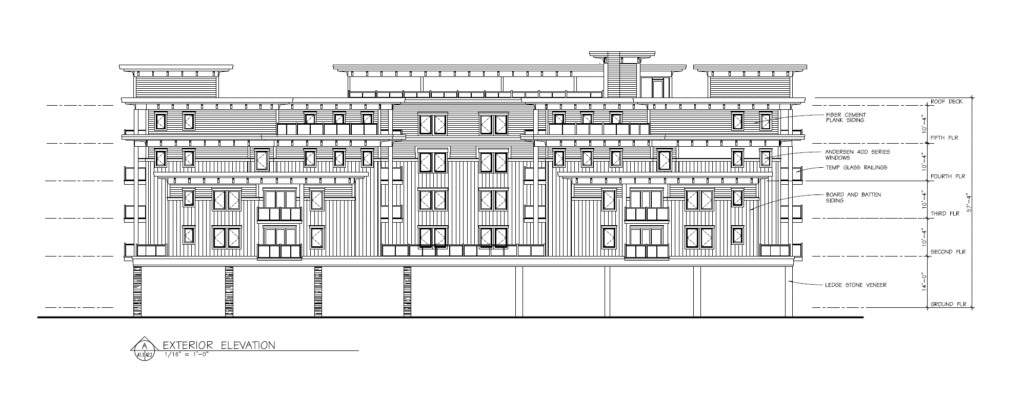
Design and Planning: The initial phase involves comprehensive and meticulous design and planning, with architects and structural engineers collaborating to create concepts that align with the project’s goals and the surrounding environment. Factors such as site conditions, local building restrictions, and the desired tenant experience are taken into account to ensure a harmonious integration.
Structural Analysis: Following the creation of initial designs, structural engineers conduct a thorough analysis to assess the building’s structural requirements and viability. Through advanced computer software and simulations, they evaluate the integrity of foundations, load-bearing walls, and the building’s resilience to varying conditions, including seismic activity.
Foundations: The foundation serves as the backbone of any building, especially in the case of multi-story apartment complexes. Engineers meticulously engineer and instruct contractors to construct robust foundations capable of supporting the building’s weight and securely transferring it to the underlying material, often soil or bedrock. In certain cases, special concrete and steel rebar reinforcement are employed for added strength.
Superstructure: The superstructure encompasses the vertical elements of the building, including walls, beams, floors, and columns. Engineers carefully select appropriate materials to ensure stability, longevity, and alignment with the client’s requirements. Reinforced concrete and steel rebar are commonly utilized due to their durability, although material choices depend on extensive research and analysis.
Wind and Seismic Considerations: Modern apartment buildings are designed to withstand extreme weather conditions, such as high winds and seismic activity. Advanced computer models and wind tunnels help engineers evaluate the building’s performance under proportionate simulations, ensuring its resilience and safety.
Sustainability and Energy Efficiency: In response to the growing importance of sustainability, engineers play a crucial role in integrating energy-efficient solutions into the building’s design. From modern HVAC systems to renewable energy sources like heat pumps and solar panels, these innovations minimize energy consumption, reduce carbon footprint, and align with the principles of environmental stewardship.
Electrical and Plumbing Systems: The installation of electrical and plumbing components presents unique challenges that require specialized solutions. Engineers collaborate with contractors to plan the integration of these systems, accounting for factors such as load-bearing walls and foundation placement, to ensure seamless functionality and efficiency.
Fire Safety and Building Codes: Engineers prioritize fire safety by selecting fire-retardant materials and ensuring compliance with building codes specific to the area. Collaboration with fire safety specialists guarantees that the building meets all necessary safety regulations, creating a secure environment for residents.
Quality Control: At the final stage, structural engineers conduct rigorous quality control inspections to ensure the building’s adherence to approved designs and standards. Regular site visits monitor construction progress and validate the correct installation of approved materials, allowing for necessary adjustments when required.
Conclusion: Modern apartment buildings are a testament to meticulous planning, careful consideration, and the expertise of engineers. From the initial design phase to quality control inspections, their integral role in the construction process cannot be overstated. By prioritizing safety, efficiency, and sustainability, engineers create architectural masterpieces that meet the demands of contemporary living while pushing the boundaries of engineering excellence.

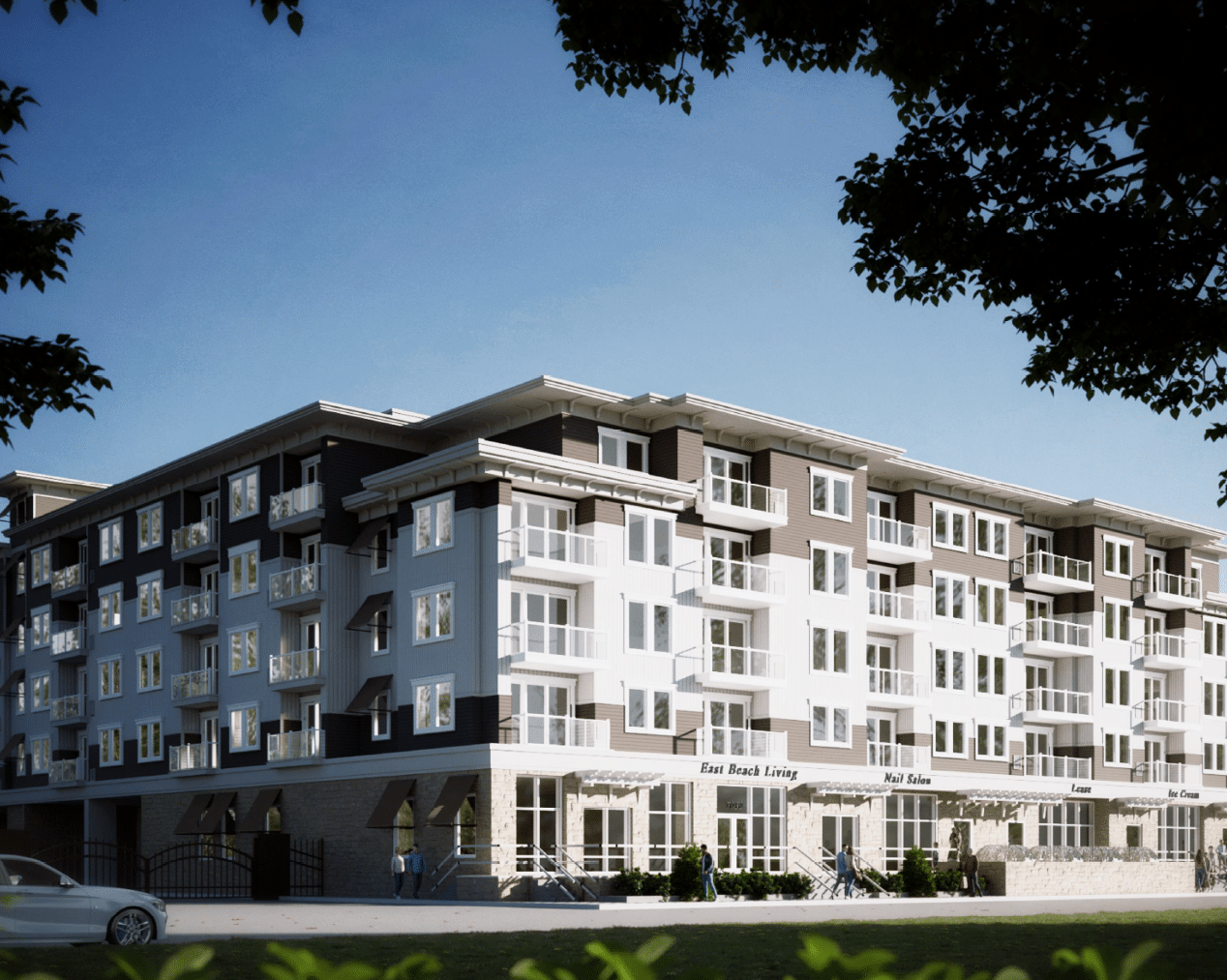


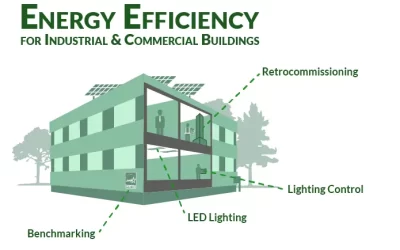
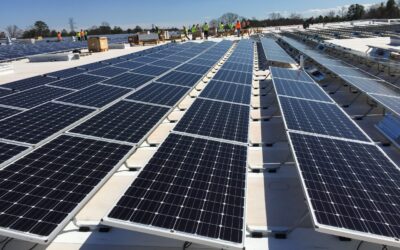
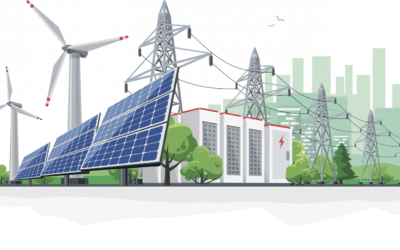
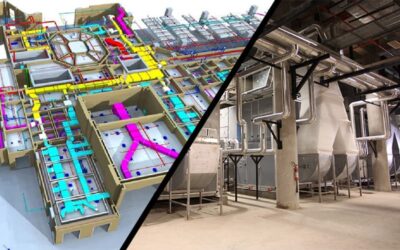
0 Comments